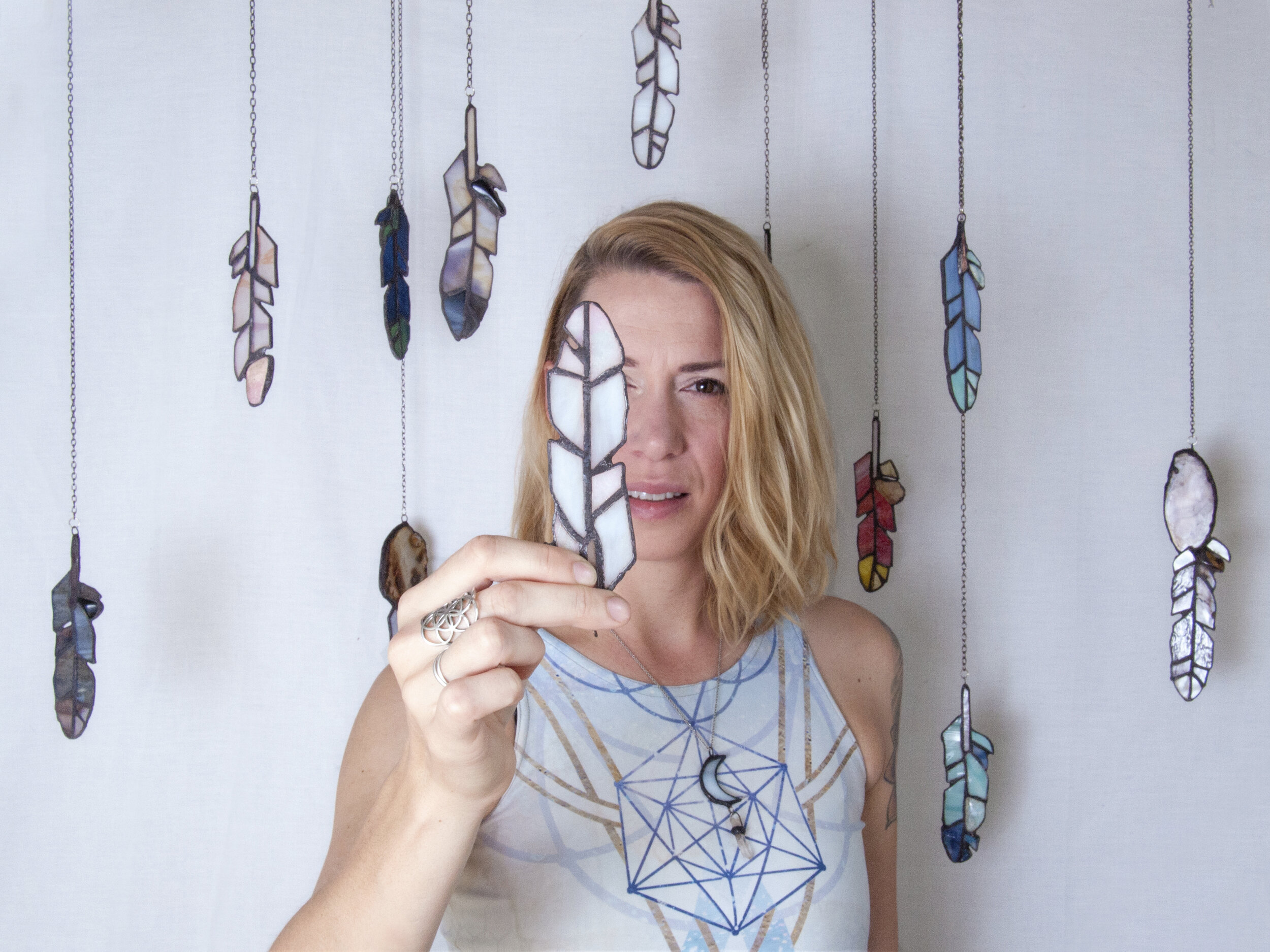
Burning Man is happening right now and it’s hard to not feel a wee bit of FOMO about not being there, especially when people are posting photos of incredible art in the dust.
It’s a pretty magical place really. It’s one of the only places on earth where you could have a story about (e.g. following a musical dragon and then meeting three taking mice underneath a five story flower covered in clowns while watching a building burn down in the distance), tell it, and have nobody think that you’re crazy.

But for all of the things that are absolutely mind-blowing about the Burn, it’s easy to forget some of the things that can be very un-fun about being on playa. So in order to help me feel a little less nostalgic, here are the top 5 things I definitely don’t miss about being in the dust right now.
1. The Environmental Impact

Burning Man is a “leave no trace,” event, which means that you pack out everything you bring in and try to be as conscientious as possible. But let’s be honest, Burning Man is not an eco-friendly event. Getting to the event means a whole lot of either driving or flying, and people come in from all around the globe.
On top of that you’re heading out to one of the most inhospitable environments on the planet and that means you have to bring EVERYTHING with you. And I mean everything. Food, water, shelter, equipment, amenities, art, etc. Then you have to run a whole lot of generator power to get the whole thing to go. Enough for 80,000 people. No matter how conscientious you are, there is nothing environmental about it.

Then there’s the fire art and all of the art that we burn. While most of the incredible fire art teams I know do their best to offset their carbon footprint (and god damn is their art worth it), lets face it, fire art, fire pits, and burning dozens of structures, while incredible, just ain’t great for the Earth.
2. Before you Get There

The amount of work it takes to actually make it to playa is pretty unbelievable. Just planning for survival in the desert is no small chore, but throw on top of it big art and theme camps, and prep work can take months. Organizing camp mates and infrastructure is a huge job. Then it all gets packed into a truck or shipping container and has to make it there.
For me, I’m generally driving my stuff from either Montreal or New York, a drive of about 3-5 days, no small task. By the time you get to Nevada you’re already a little depleted and you still have to do all the final runs for everything you need once you get there.

And then, THE LINEUP. I’ve always done early arrival, so I’ve never seen the horror stories that some people describe. But regardless there’s still at least a several hours wait in the hot sun in a lineup. Baking in a tin can with no shelter and nowhere to go. You can make it as fun as possible and meet your neighbours, but two of my pet peeves are lineups and waiting, and it’s something I will not miss this year.
3. Emotional Melt Downs

The Burn is a very intense type of peak experience. It has some of the most amazing things you will ever see in your life, but it can also be incredibly overwhelming. There are flashing lights and constant sound and harsh weather and so many people and and all of it never, ever stops.

Because of this it is guaranteed that at some point in the week you will have to field your own or someone else’s complete and total break down. If you’re lucky and you and your camp mates are good at handling emotions, then this means that it could just be feeling super sensitive and needing to take some alone time and have a little cry at some point. But I’ve seen everything from screaming and yelling, to people breaking other people’s stuff, to full camp feuds.
4. Playa Dust Corroding Your Skin

Playa dust is this very strange basic substance that is extremely fine and gets in EVERYWHERE and is corrosive to skin. In all my travels around the globe I’ve never encountered anything as particular as playa dust.

While you do your best to manage it (I wear gloves and boots everywhere I go, and rinse by skin with lemon water when I get back to my camp), it still affects all the soft skin on your body. By the end of a couple weeks my cuticles are always torn ribbons, the inside of by nose is more raw than if I’d have a cold for the last month, and my hair feels like I’ve bleached it 5 times.
5. Tear Down Days

It doesn’t matter how much of a badass you are, by the end of a week or two on playa you’re pretty exhausted. But the work isn’t over yet. You still have to do the job of tearing down your camp and repacking your trucks. Inevitably someone in your camp has heat stroke, and at least two people haven’t shown up to help because they’re still out partying and forgot. Everyone is grumpy because they had to wake up early and it’s hot and the work is hard. The likelihood of a couple of people getting into a conflict is extremely high and all the while you have to try to think clearly and efficiently and get this whole dusty mess back into the truck and be able to close the door.

By the time you’re finished you still have to drive the several hours back to Reno. And if you’re one of the percentage of vehicles on the way out who has an accident or equipment failure (like we were two years ago), you’re looking at another bunch of hours to in a harsh environment without your shelter.
So Why Do We Go?
When trying to describe Burning Man to people who haven’t been, it’s pretty hard to capture the sheer awesomeness that is this experience. While all of these things I just described are so very hard, it’s almost like all of these trials break you down to a point where you’re truly permeable and available to be effected by this magical environment. And in that way you can fully experience the things that I truly love about the Burn.
1. The Community

The type of people who are drawn to these types of environments are some of the most interesting in the world. It takes a special type of person to be able to go build in one of the harshest environments on the planet.

Right now I have friends on playa who have giant domes and art on fire, others who are driving around massive steel art cars, friends who’ve built unbelievable projects and shelters, friends who are in mind blowing costumes, and friends who are creating incredible experiences. And those are just some of the people I know. Because at any moment on playa you can also meet people who will blow you out of the water. Architects, artists, musicians, performers, costumers, engineers, builders, the list goes on and on. Some of the world’s most beautiful and creative minds flock to this flat piece of earth for a week or two. Every conversation you have with a stranger could have the capacity to change your life, even if it’s just to move or entertain you. It creates this feeling of potential unlike anywhere I’ve ever been.
2. The Land

While it may seem strange to want to go to a place where you could actually die and where what the ground is made of literally degrades your body, the power of this land is unchallenged. There’s a reason the aboriginals of this area hold this land as sacred.

There is something to be said for being reminded that the Earth is just so much more powerful than your tiny little human body. All it takes is one little dust storm to have you standing in awe and reminding you of your place in the chain of things. No to mention that it’s just plain BEAUTIFUL. The way that the light bounces of the ground and through the dust, the way the sun lowers itself behind the mountains, the view across a land so flat it seems fake. All of these things have made my cry with their beauty.
3. The Art

I once tried to describe Burning Man to a few of the professors in my Masters Program, but they just couldn’t wrap their heads around how a few art pieces shown outside could be significant to the artist community in any way. What I wasn't able to convey to them was the sheer scale and caliber of the type of artwork people bring to playa.

Hands down, the most moving and influential art I’ve ever encountered in my life have been at Burning Man. It is a place where people come to build large and fully experiment. It’s a place where artists don’t have to censor what they want to say in order to appease galleries or clients. And because of that the art can be powerful, shocking and profound.

On top of that there is just so much work brought to show. Artists from around the globe come to display here. There are hundreds of registered works and hundreds more unregistered ones. No matter who you are or what you’re into, you’ll be able to find something that blows you away.
It is so worth the trip just to see what's going on in the cutting edge of art right now.

This year I’m really glad that I put my energy into things other than Burning Man. It’s been a really intense year, with a couple new trajectories in my life and art practice that have needed my attention. So, while I’m glad that I’m not in the dust right now, you can be sure that I’ll be back!



















